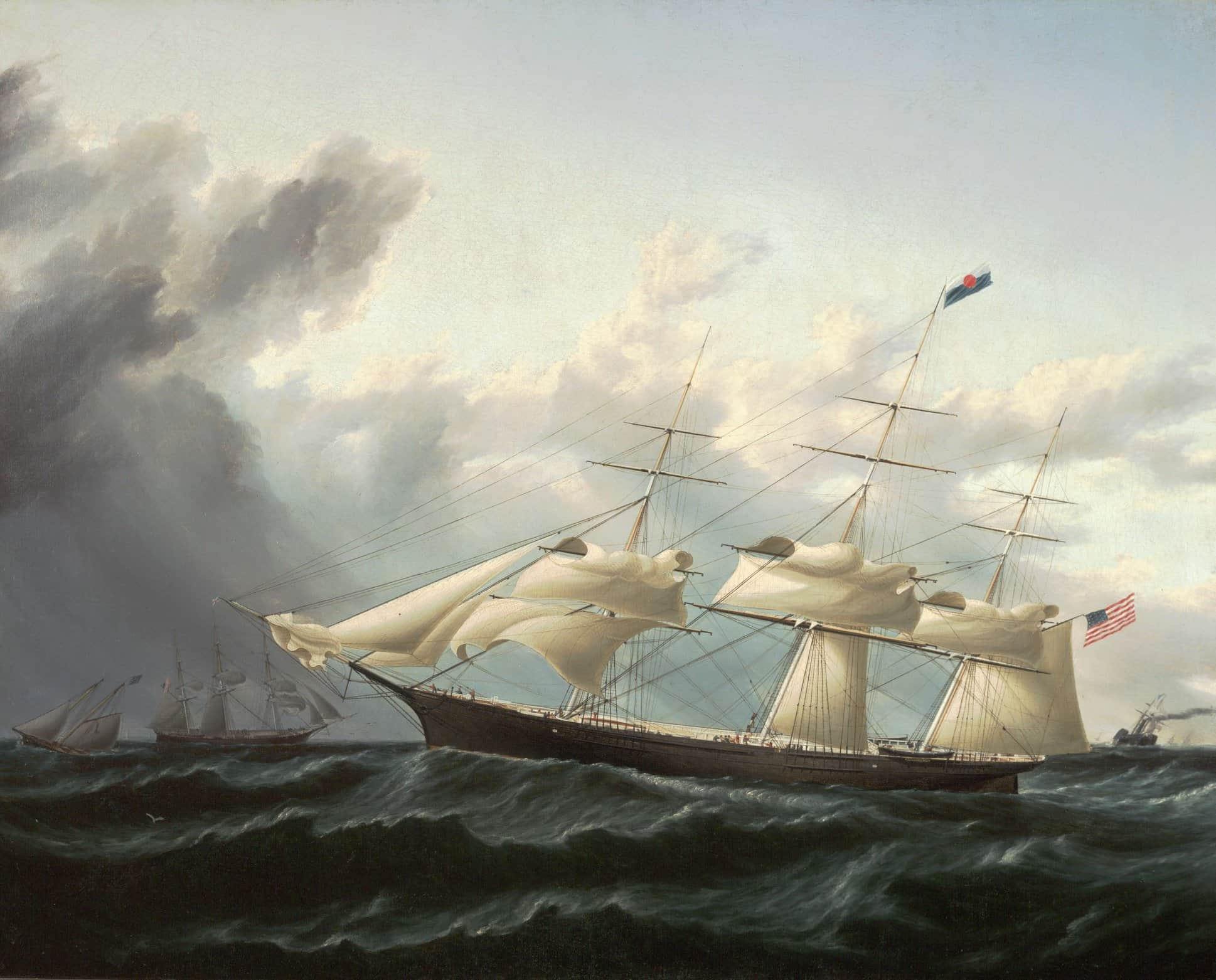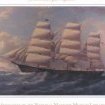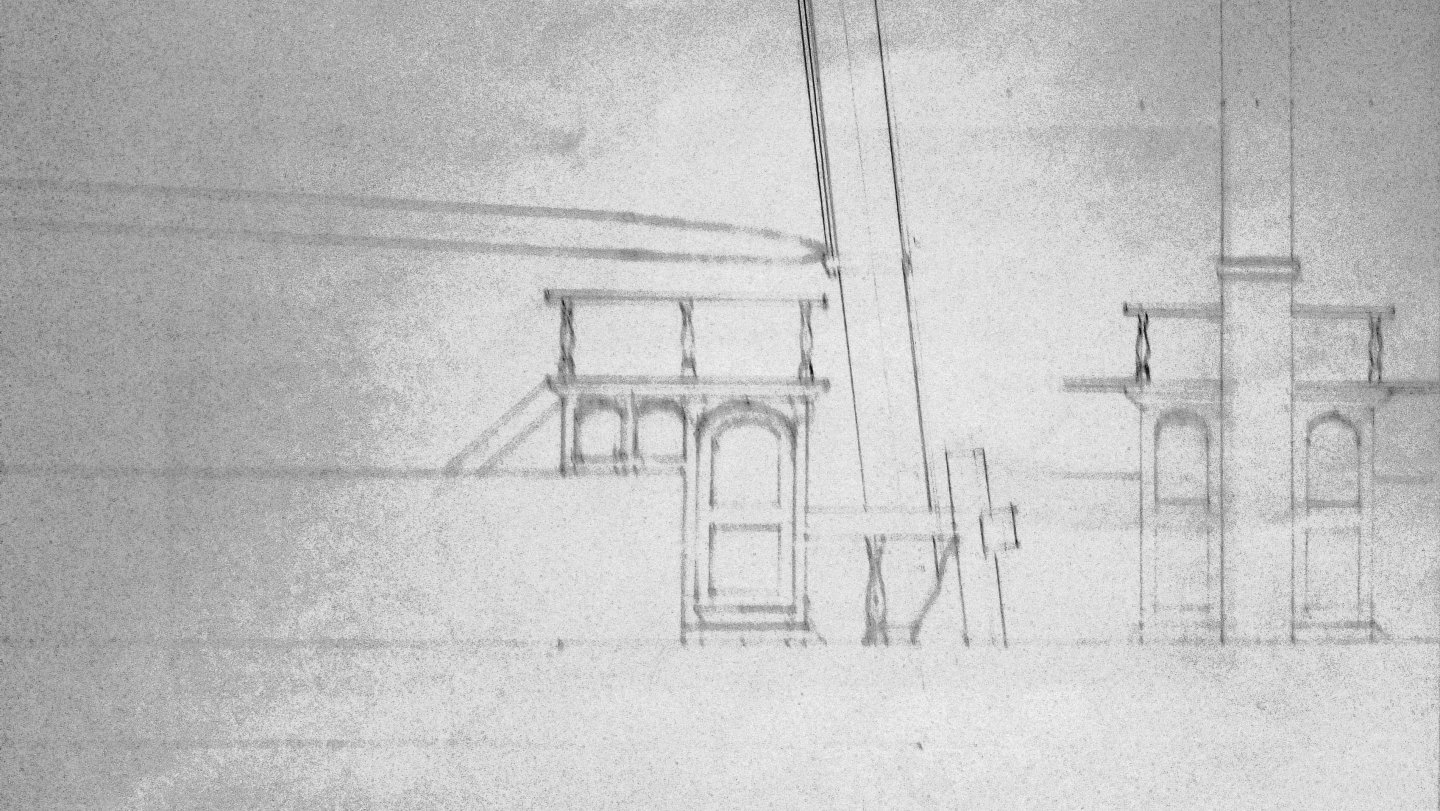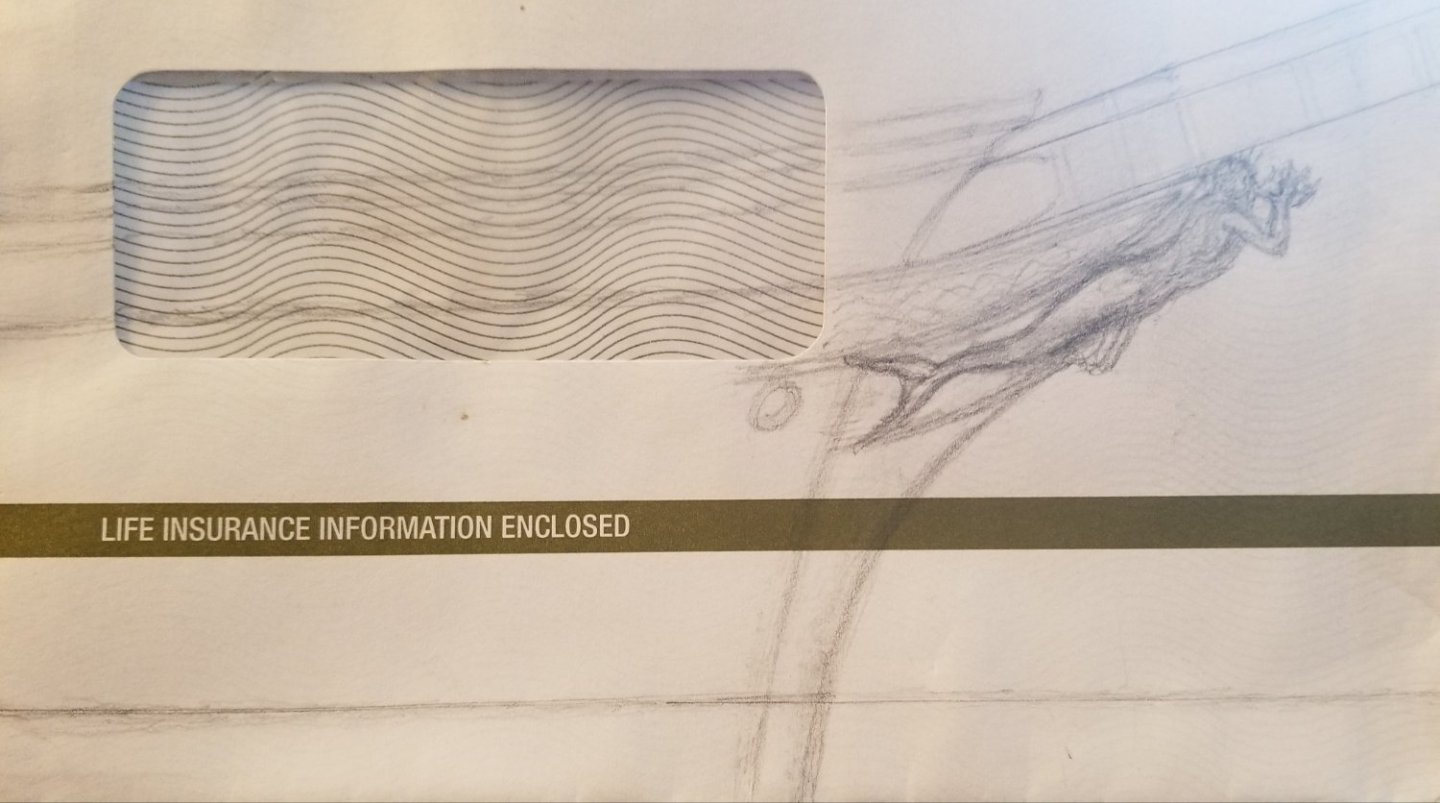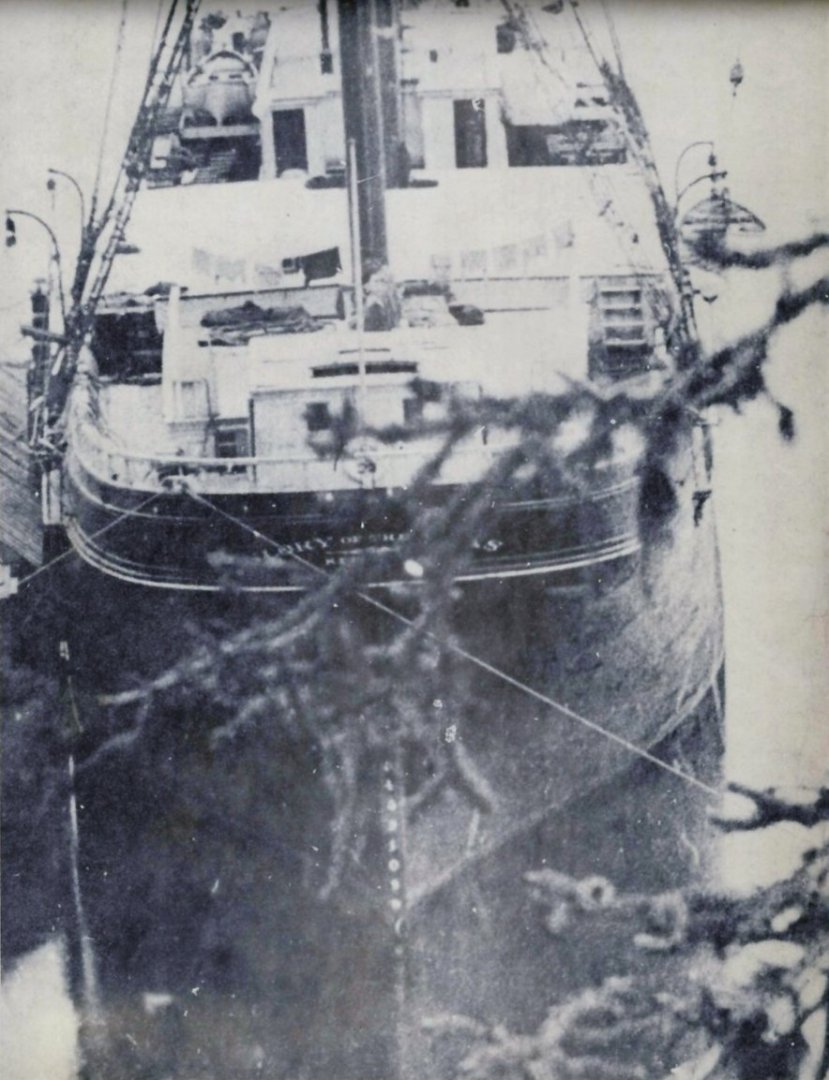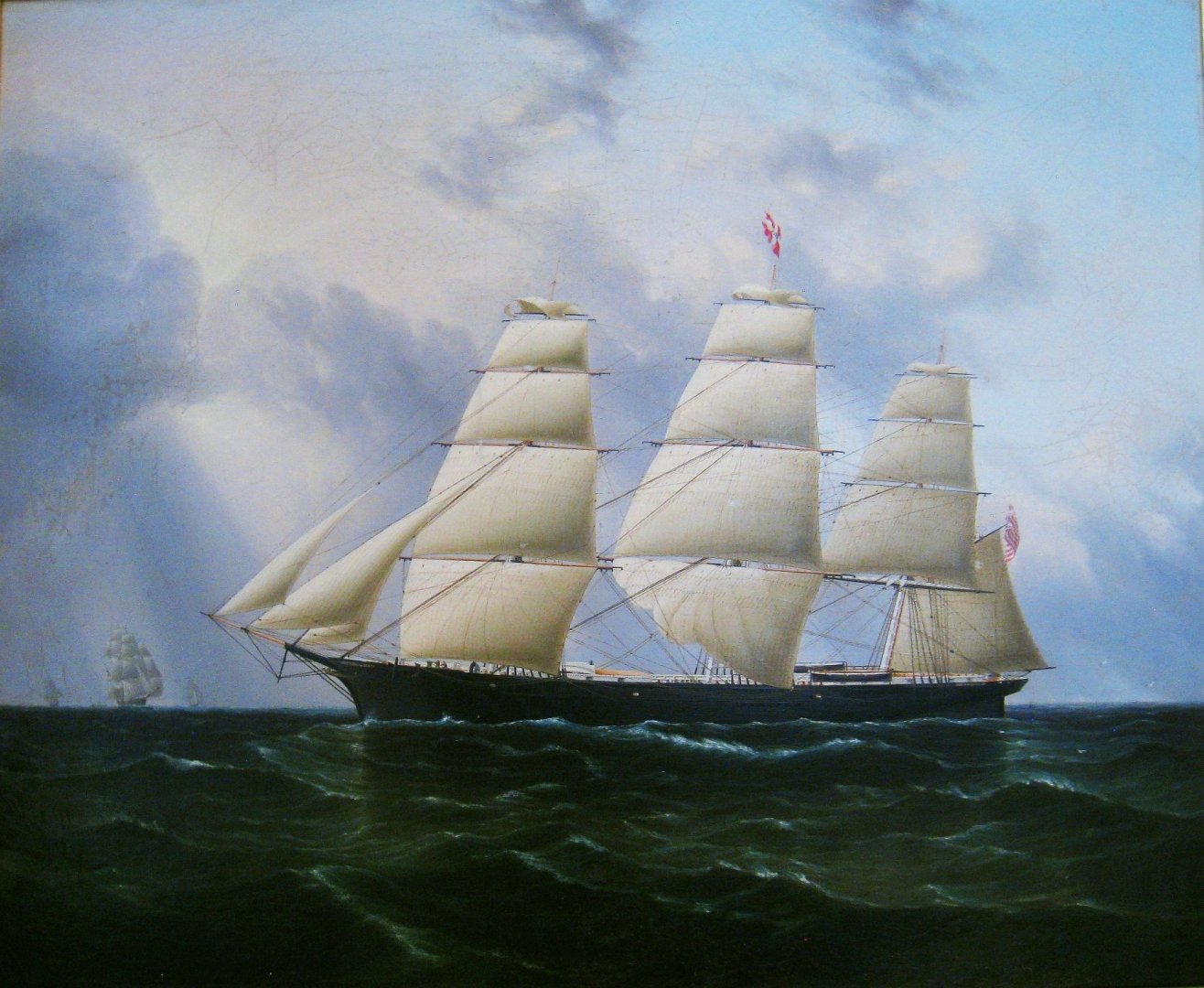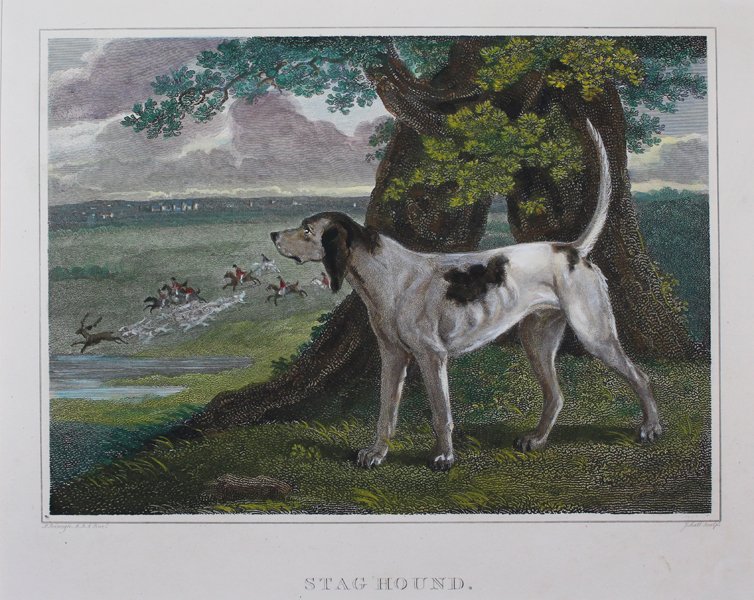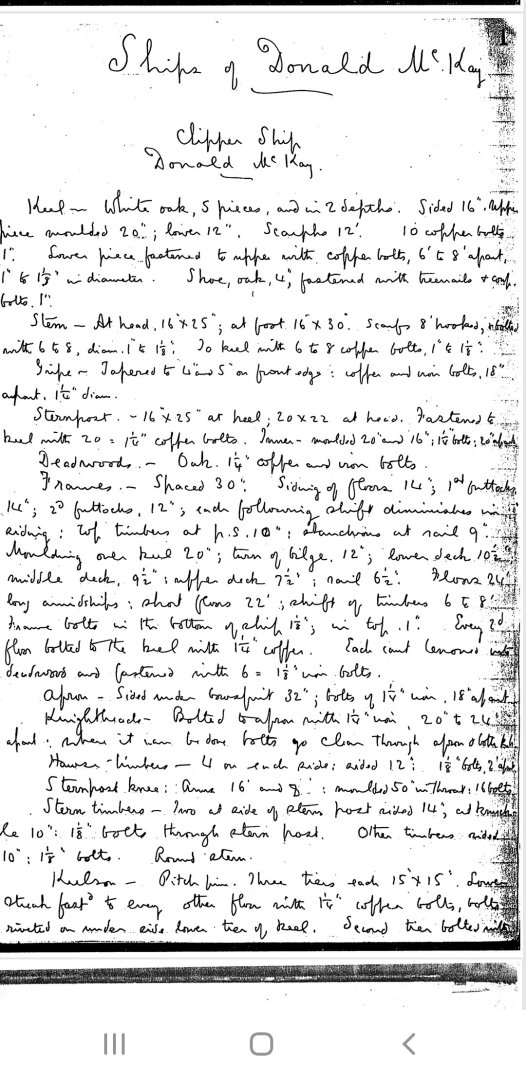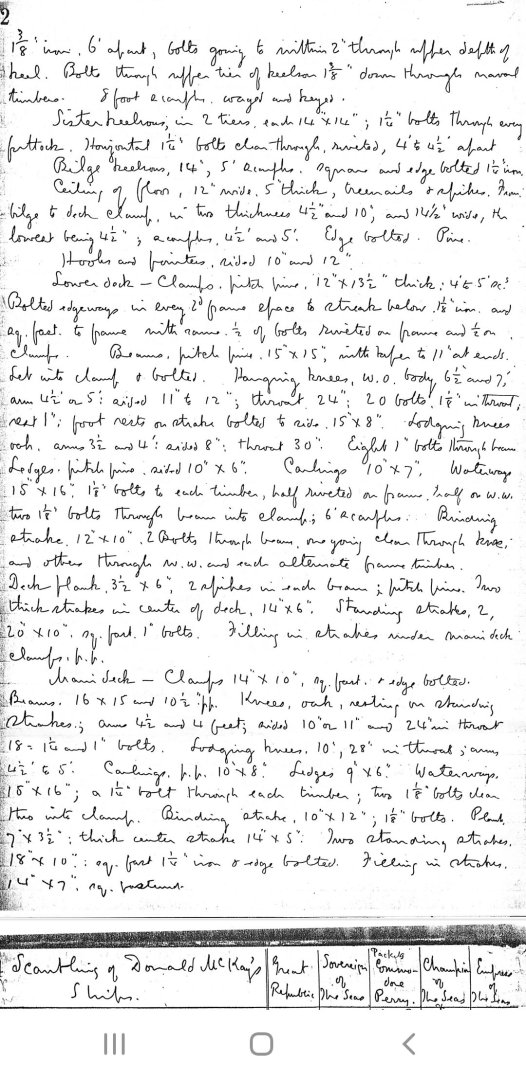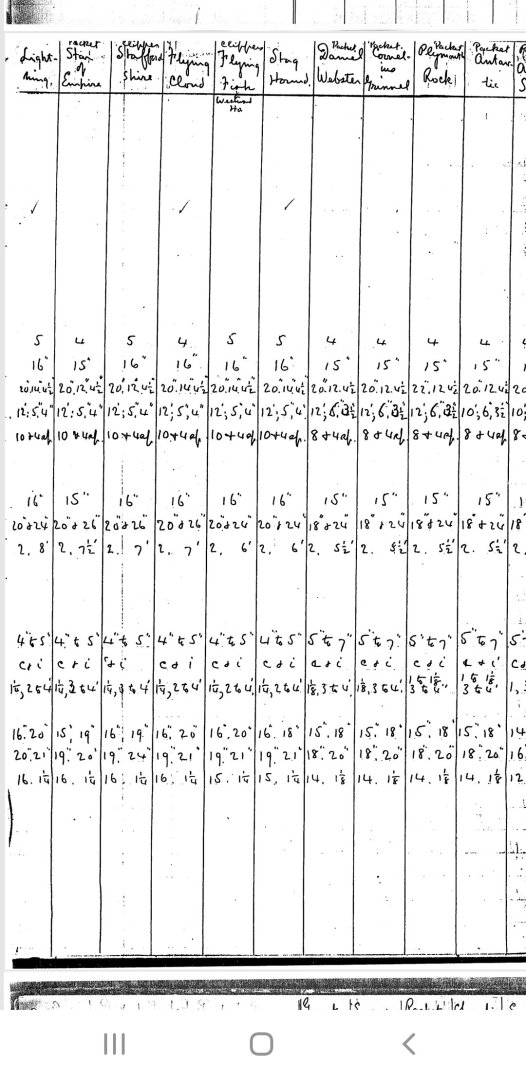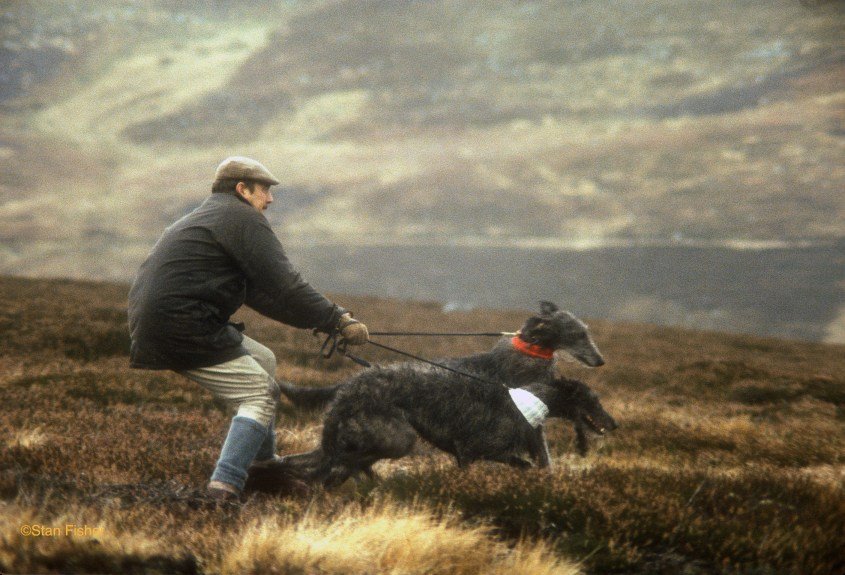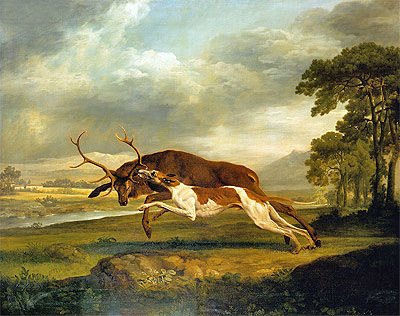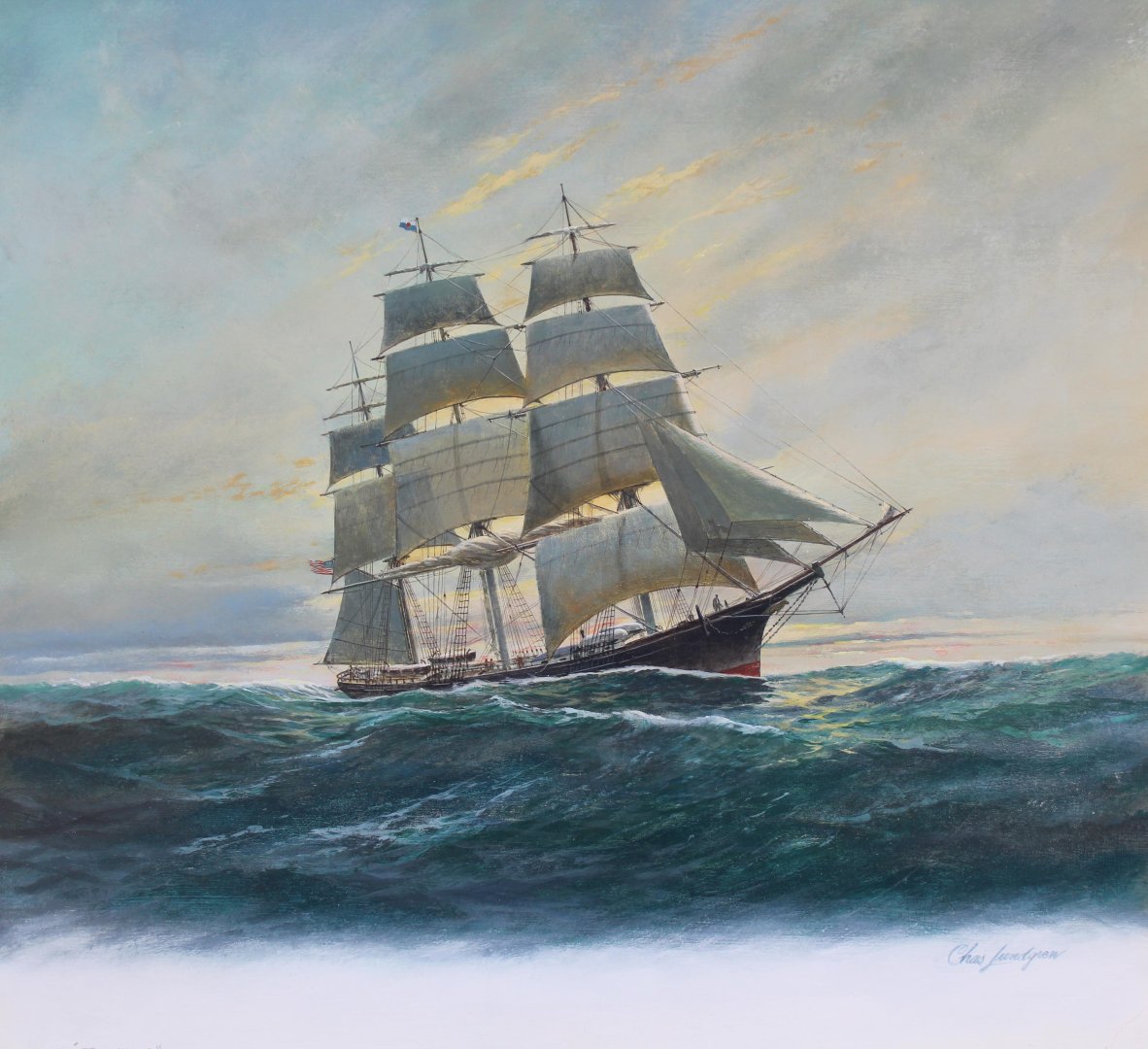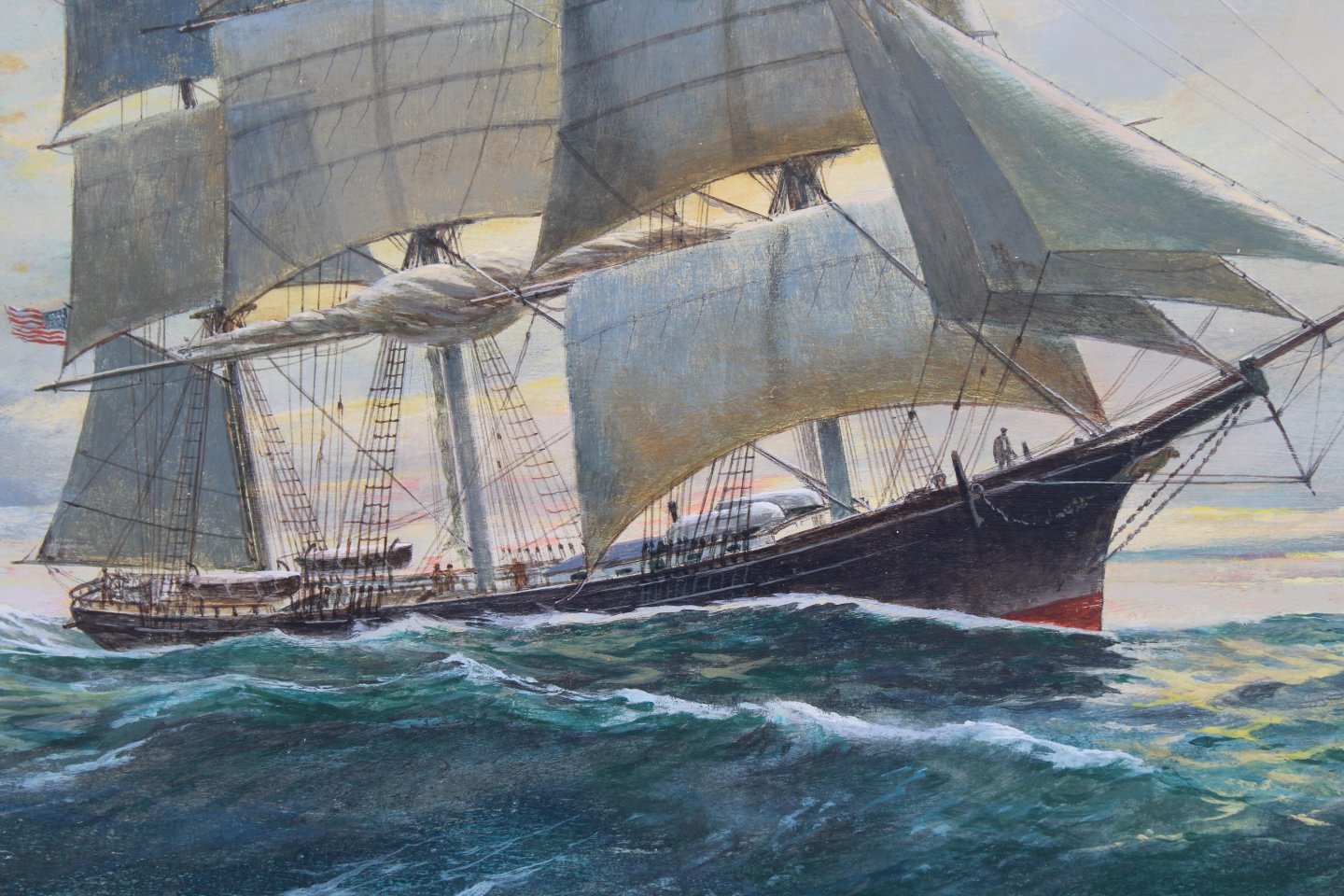-
Posts
2,167 -
Joined
-
Last visited
Content Type
Profiles
Forums
Gallery
Events
Everything posted by ClipperFan
-
@rwiederrich. Rob, where my observation of the coach house front fascia on Glory of the Seas and Michael Mjelde's may differ is in depth perception. Michael's illustration appears to show half pillars which project outward. For some reason, my perception is that they seem to be recessed. That's why I refer to them as "faux" structures. We'll see if you like my results or not. Either way, they won't interfere with safety rails which I see as being inserted into the central sides of the house.
-
@rwiederrich Rob, i'll continue following Michael Mjelde's excellent front fascia work to add faux columns and complete the image of a Grecian style, small, square portico. As far as a middle front window is concerned, it was for providing light inside. However, if you think rigging might risk damage, a separate panel can easily be substituted.
-
@rwiederrich as promised earlier, here's my 1:48th scale, in-process conceptual illustration of a one foot smaller square house portico. Details to be added are faux pillars as seen on the front fascia on Glory of the Seas. I added just enough roof molding to match the structure evenly with a 32" high safety rail on turned stanchions. That makes dimensions 7' wide square by 7' 32" high. The same rail surrounds the roof, since falls from five or seven feet could cause severe injuries. Illustrations show starboard side view and this time a fore view too. There would be 3 equally-sized curved arch windows in front, with twin smaller ones in back. I think we've now found our correctly sized portico!
-
Rick, Boston Daily Atlas, June 19, 1852 http://www.bruzelius.info/Nautica/News/BDA/BDA(1852-06-19).html "All her lower masts are made from the heads to the steps, each mast in five pieces, bolted and hooped together." Regarding her figurehead: "Her lines forward, as they ascend above the water, become convex, to correspond with her outline on the rail, and her bow is plain, without even trail boards, and terminates with the figure of a sea god, half man half fish, with a conch shell raised to his mouth, as if in the act of blowing it. The figure accords with the sheer of the bow, is well executed, and forms a beautiful finish." "The rest of her hull is painted black, and her figurehead is bronzed sea color " One item Buttersworth captured accurately was her large rear coach house, with upper rails on turned stanchions identical to what's seen on Glory of the Seas. It makes sense too, since Sovereign of the Seas was about the same size. This fallacy of a ridiculously small rear coach house seen on every Sovereign of the Seas model I've ever seen, flies in the face of the actual McLean description: "She has a full topgallant forecastle, a large house amidships, and a spacious trunk cabin, in two divisions, built into a half poop deck, with steerage room abaft." That says clearly the rear trunk cabin took up the entire poop deck with just enough room left alongside for crew to work the ship and astern for steerage. Thanks to the generousity of Michael Mjelde who shared another ultra-rare Glory of the Seas stern photo, we now know for a fact that sides of these trunk cabin-coach houses actually narrow with the hull to provide consistent working area for crew. That and the rear companionway was offset to port, not central mounted. Here's my reconstruction (on back of an envelope) of the Sovereign of the Seas figurehead, half man half fish sea god with a conch shell raised to his lips. Note: navel hoods and cutwater are included, with merman tail incorporated into the cutwater. This still reflects a large figurehead but doesn't compromise her bow. But now, we must get back to Rob's purpose for this build log, that of realizing for the first time ever, an accurate model of Donald McKay's premiere inaugural extreme clipper Stag Hound.
-
Here's a perfect example of a well established artist who created a stunningly gorgeous ship portrayal that's yet inaccurate. James E Buttersworths Sovereign of the Seas has a notable place of prominence in The Old State House, Boston. Probably my favorite depiction of this huge McKay clipper. He apparently never knew how to properly paint the unique McKay bow. His portrayal of the Neptune figurehead goes impossibly across a good portion of the ship's hull. Still it is a lovely piece.
-
@rwiederrich Rob, I seem to find where Duncan McLean is vague is on his sparse description of ornamental embellishment. When it comes to construction details, I find him to be much more precise and specific. Interpreting his words is where I feel other modelers have strayed from historic accuracy. We have precious little as is to describe a stairway entrance other than this one line: "The deck itself is 44 feet long, and in its front, amidships, is a small square house or portico, to the entrance of the cabins." I feel like adhering to this even somewhat vague description honors documented accuracy. What's left up to conjecture, is size and placement. Chappelle's choice in 1967 was to sink the house halfway into the poop deck and have an apparent height of 6 feet. That would probably mean a 5 foot doorway, since the bottom lintel's elevated and the top needs some space too. I can see a 7 foot or maybe 6 & 1/2 foot height. Then again, why not make the portico flush mounted, with a front facing sliding door? That gives much more clearance. Either way, it still makes sense to have some sort of safety rail, since at minimum it's preventing a 6 foot fall injury. I'll post more revised concepts to see what makes most sense.
-
@Jared rereading your description, I recognized my mistake. What read to me as brass was actually basswood. For future reference, is it possible to save yourself an extra step by considering thickness that paint adds? Just a thought.
- 431 replies
-
- Flying Fish
- Model Shipways
-
(and 2 more)
Tagged with:
-
@rwiederrich Rob, making doors 28" like you suggest, what overall reduced size should the portico be, maybe 7'? Chappelle's deck illustration shows a much lower height than the 8' choice of mine. I still think for safety's sake, that a rail of some sort should be in place. I'm going to redo the illustration using 7' square to see how much of a difference it makes. Let me know which you believe makes most sense.
-
@Jared thanks for sharing your spiderband construction process with us. Nobody would have known you incorporated brass reinforcement had you not told us.
- 431 replies
-
- Flying Fish
- Model Shipways
-
(and 2 more)
Tagged with:
-
To give a sense of how challenging making transcripts can be, here are a few screenshots of Henry Hall's "Notebooks for Shipbuilding in the United States 1881-1883, Volume II, Models and Measurements" exhaustively detailed handwritten notes, March 24, 1883, New York. This is just a sample set of pages enumerating all scantlings of every one of Donald McKay's clipper ships, including Stag Hound. Incidentally, I scoured all notes regarding Stag Hound, there's no mention at all of the lower keel being 39 inches. You're welcome, by the way. This comes courtesy of Scott Bradner's excellent sobco.com site. For those who really want to see this entire pdf file, here's the link: http://www.sobco.com/ship_model/fc/files/Hall-Models_and_Measurements-1883.pdf Note: on a cell phone, hold your finger to open a new tab. On laptop, right click to open in a new tab, which should launch the pdf. Then click "open" to view or "download" to save it.
-
For anyone who's curious, here's a series of actual Staghounds. They aren't a registered AKC Breed but essentially what I've read is that it's a cross between Scottish Deerhounds (often called Staghounds in Scotland) and Greyhounds. You can see from the trainer struggling to hold 2 of these powerful canines back that they can really run. The painting shows a hound chasing a stag, which is very similar to the figurehead's pose as described: "a carved and gilded staghound represented panting in the chase."
-
@druxey Using a 39" outer keel plus a 16" inner results in 55" total, pushing the height of all her masts up 9". Meanwhile to stay at 46" as described in more than one place, with the outer keel being 39" forces inner down to 7" which is impossibly thin. I honestly believe others weren't paying as careful attention, so a transcript recording error occurred which nobody bothered to fact check.
-
Bill What compunds the tragic nature of this, to me at least bone-headed decision to take on a monster hurricane (reported strengthening and expanding on all weather stations), is that they could have easily sailed a short distance up the Hudson river and put into a safe harbor there. A place they had relied on before. They would have lost a day's sailing time. Then again a great, great niece of original mutineer Fletcher Christian wouldn't have lost her life too...
-
@rwiederrich Rob, In all fairness to Vlad, I have to let him know the keel was reported as being 39 inches clear of the garboards and not 30. Then again, how Cornelius got that off doesn't make sense. Of course, if the total combined depth of the keel still totals 46 inches, that drops an upper section from 16 down to a mere 7 inches, which also defies credulity. Is it possible that hand-written recorded 30 inches was simply misread as 39? That seems more believable.
-
@rwiederrich Rob, Muntz filed his British and US patent for his metal on October 22, 1832 (the US patent was one of 1,000s lost in a US patent office on December 15, 1836 fire. Still it had been previously reported a year later, in "The Journal of the Franklin Institute, vol 12, 1833") and the British patent survives today. Both patents were filed 18 years prior to launch of Stag Hound. To me it's impossible to think Donald McKay, on the cutting edge of maritime design even for his highly popular packet ships, wasn't aware of this revolutionary development. And to believe McKay (a frugal Scottsman too) would have still employed more costly, inferior copper decades later, when far superior Muntz metal, at a cost of two-thirds less was widely available just doesn't make any sense at all. Meanwhile, technically muntz "yellow metal" is still copper, as it's roughly 60% copper, 40% zinc with other iron alloys. My view, based on this historic research is that the "copper" McLean referred to was in reality Muntz metal which was simply, lazily referred to as copper instead.
-
@rwiederrich Rob, my last statement was to let you know that I fully respect that you're the person building your replica. I just re-read the McLean article in full and apparently I'm missing your reference, because I couldn't find a single reference to any cladding, copper or otherwise. But I did discover something that I apparently missed before. Her keel, clear of the garboards was 39 inches not 30 inches as described by Donald's son Cornelius. Then again, Cornelius also said her strakes were 4 inches when the McLean description repeatedly said 4 & 1/2 inches. But back to the discussion of copper vs Muntz metal. I discovered how Enoch Train learned about Donald McKay. In early 1844 on a visit to England, to make arrangements for his new Transatlantic Packet line, Mr Train happened to meet Dennis Condry. He was the owner of the Delia Walker, of Newburyport. The ship happened to be built under supervision of... a young Donald McKay. Condry was so impressed with McKay's work that he urged Train to see McKay first, before any other ship Builder to construct his brand new line of packet ships. When he returned from his trip to England, Enoch followed the advice of Mr Condry. According to Captain Arthur Clark "it was the swift contact of flint and steel." Less than an hour later, Enoch Train placed an order with Donald McKay for a brand new 620-ton packet ship, named Joshua Bates. Mr Train was so delighted with this inaugarul packet ship that he convinced Mr McKay to open up his own shipyard in East Boston which Mr Train offered to finance. Ultimately, Donald McKay built packet ships for Enoch Train's White Diamond Line. Here's why, after reading about this history, I'm convinced that all of those ships would have all been clad in Muntz metal, not copper. Think critically about it. By the time Muntz metal was introduced as an alternative to copper, it was 8 years earlier in 1836. According to the history of Muntz metal there as widespread adaptation in England. In a few short years it went from 50 to 100 to 200 to 400 vessels. Meanwhile British Admiralty made a bold decision to strip all of its vessels copper cladding and replace it with Muntz metal. With it being less costly and far more corrosion resistant, why would Enoch Train, taking on a high risk venture of establishing a brand new Transatlantic Packet line not select the less expensive, more effective yellow metal "copper" lining? To me, it defies logic. Now think about the extreme clipper Stag Hound Donald McKay's premiere entry into the highly competitive world of fast sailing merchant vessels. We know he intentionally made a statement by designing and constructing the largest merchant ship in the world. It was established fact by 1850 ships clad in yellow metal actually sailed faster than those with the old copper. Why wouldn't McKay use the best and proven fastest?
-
@Snug Harbor Johnny very solid research with some disturbing end results. It also emphasizes the remarkable longevity of McKay's last, longest lived clipper ship Glory of the Seas launched in 1869, yet still afloat in 1923... 54 years later. Pity her last owners didn't maintain her yellow sheathing or she might still be with us today. As fate would have it, the committee formed to recue her decided due to dry rot that she wouldn't be seaworthy enough to make the journey around Cape Horn. At least her magnificent figurehead was saved before she became a funeral pyre.
-
@rwiederrich Is that pre-restoration Cutty Sark? When I read about your decision to portray a copper sheathed Stag Hound and not one using Muntz metal, it made me think. Muntz metal was invented in 1836, 14 practically 15 years before McKay launched his inaugural clipper ship. In England, popularity for this revolutionary "yellow metal" often referred to as coppering spread like wildfire. It was more effective and cheaper than copper. Meanwhile, prior to building his clipper ships, Donald McKay was deeply involved in the Transatlantic packet ship trade supplying Enoch Train with 5 ships from 1845-1849. Large vessels which regularly sailed from Boston to London. I find it hard to believe that Donald McKay who always seemed to be on the cutting edge of marine design, wouldn't have become aware of this exciting new cladding, which would have been introduced almost a decade earlier. Regardless, it's your model, your choice. I'm just giving you my observations.
About us
Modelshipworld - Advancing Ship Modeling through Research
SSL Secured
Your security is important for us so this Website is SSL-Secured
NRG Mailing Address
Nautical Research Guild
237 South Lincoln Street
Westmont IL, 60559-1917
Model Ship World ® and the MSW logo are Registered Trademarks, and belong to the Nautical Research Guild (United States Patent and Trademark Office: No. 6,929,264 & No. 6,929,274, registered Dec. 20, 2022)
Helpful Links
About the NRG
If you enjoy building ship models that are historically accurate as well as beautiful, then The Nautical Research Guild (NRG) is just right for you.
The Guild is a non-profit educational organization whose mission is to “Advance Ship Modeling Through Research”. We provide support to our members in their efforts to raise the quality of their model ships.
The Nautical Research Guild has published our world-renowned quarterly magazine, The Nautical Research Journal, since 1955. The pages of the Journal are full of articles by accomplished ship modelers who show you how they create those exquisite details on their models, and by maritime historians who show you the correct details to build. The Journal is available in both print and digital editions. Go to the NRG web site (www.thenrg.org) to download a complimentary digital copy of the Journal. The NRG also publishes plan sets, books and compilations of back issues of the Journal and the former Ships in Scale and Model Ship Builder magazines.

